Sheep Ireland has recorded another significant increase in the number of pedigree breeders participating in the LambPlus performance recording programme.
The number of flocks signed up to participate for the 2022/2023 season has increased to 1,352 flocks.
This is the second year of significant growth, with participation for the 2021/2022 season increasing by about 150 flocks and exceeding the 1,000 flock mark for the first time.
A number of factors has contributed to the recent growth in participation. The genotyped ram action in the new Sheep Improvement Scheme has encouraged more breeders interested in producing rams eligible for sale under the scheme to join LambPlus.
Increased demand
The inclusion of the Galway Sheep Breed in the Agri-Climate Rural Environment Scheme (ACRES) has also increased the breed’s participation, while Sheep Ireland said that increased demand from commercial farmers and a greater appreciation of the benefits of performance recording is also driving increased interest.
Sheep Ireland reports that the increased participation will greatly enhance the flow of data into the national database and result in increased accuracy figures.
Breed breakdown
Figure 1 details a breakdown in LambPlus participation by breed. As can be readily seen, the Texel breed is the dominant breed, with 347 breeders signed up to participate.
This is followed by Charollais, with 190 breeders, and Suffolk not far behind this with 175 breeders.
The hill sheep breeds comprise Scottish Blackface and Cheviots and it is hoped that this will be a significant growth area in the near future.
There is also impressive participation from a number of breeds with fewer pedigree flocks and this is an area that has been growing steadily in recent years, with Dutch Spotted and Valais Blacknose two such additions.
County breakdown
A county breakdown is detailed in Figure 2. The greatest number of breeders participating are in Donegal, which tallies with overall flock and sheep numbers.
It is a similar situation in Galway and Mayo, with these counties also possessing the second and third largest number of sheep. These three counties are positioned well above the numbers in other counties.




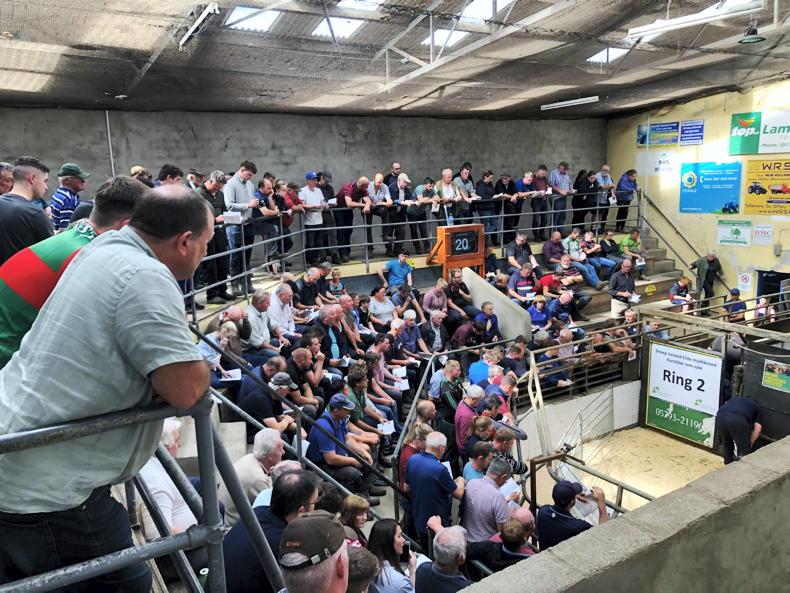
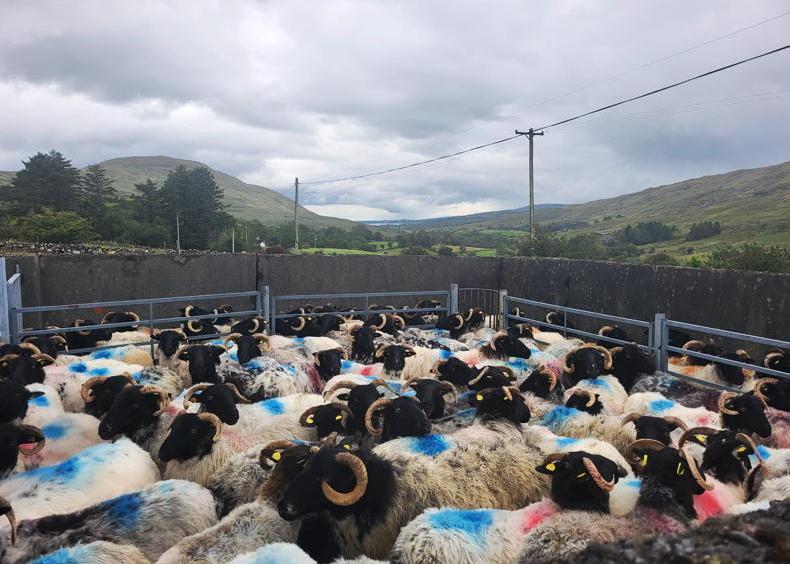

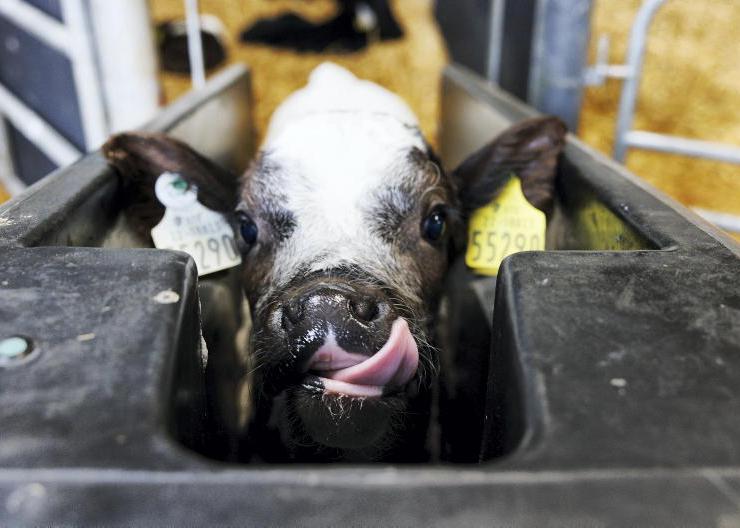
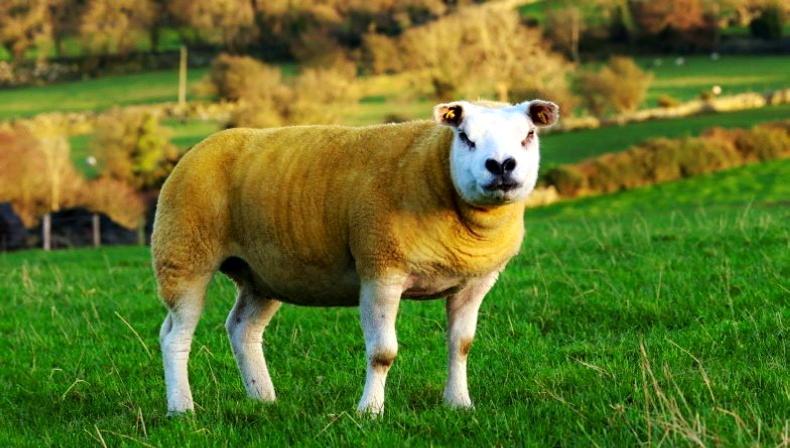
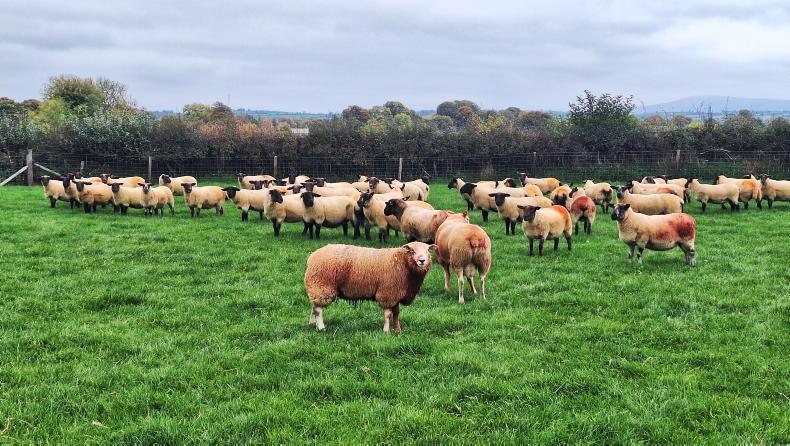
SHARING OPTIONS